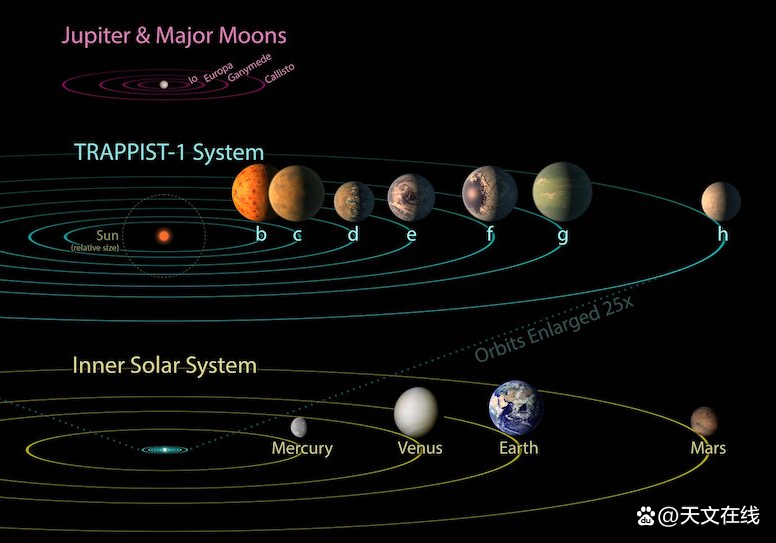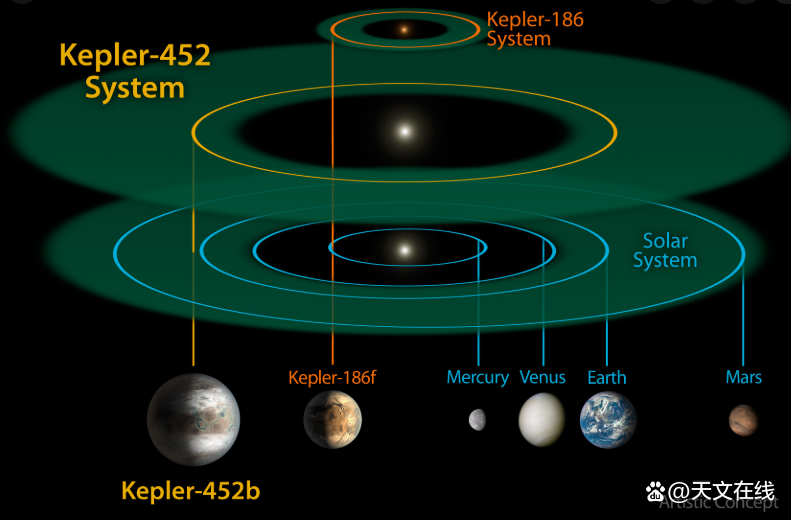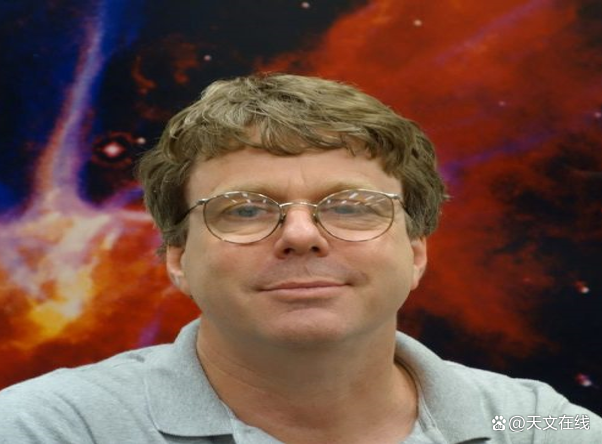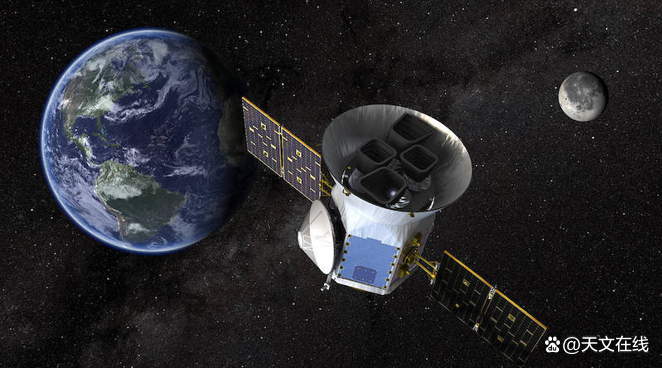The size of Mars and the interior of Mercury, what kind of surprise can the planets that can give us this new discovery
Author:Astronomy online Time:2022.06.18

(Graphic: About the concept map of Mars -Satellite Star GJ 376 B around its red dwarf star. It is one of the smallest and lightest exterior planets discovered so far. Its composition is similar to the innermost planet of our sun. Mercury. Source: NASA/ESA/G. Bacon (STSCI)/MIT.).)
The newly discovered Martian size outer planet
In our solar system, it takes several months or years for planets to run around the sun. Among them, the closest to the sun and the fastest winding speed takes 88 days a week around the sun. But astronomers have found some exogenous planets in the distant galaxy, and they can run around the stars within a few hours. Earlier this month (December 2, 2021), the researchers announced that a new planet was discovered by the star in 7.7 hours. It is also one of the smallest exterior planets discovered so far. The planet is marked as GJ 367 B. Interestingly, its size is similar to the fourth planetary Mars in our solar system, but its ingredients are similar to the innermost planet Mercury in our solar.

NASA's TESS planet hunter discovered this new outer planet. It is very close to the earth, only 31 light years from the earth. Researchers published their peer review results in Science magazine on December 2. This paper can also be obtained as a free pre -print on Arxiv.
The environment of this planet may not be suitable for survival

Because it is too close to the star, GJ 367 B is unlikely to be suitable for living. In other words, because the surface of this planet may not have water, it may not be able to support our knowledge. Researchers estimate that GJ 367 B has received 500 times the radiation received by the earth from the sun. In this case, it is doubtful whether the planet maintains the atmosphere (although this is uncertain).
It is estimated that the temperature of the planet during the day (because it is likely to be locked by the tide to its star) about 1,500 degrees Celsius (2,700 bria).
Therefore, this small world does not seem very warm because of radiation, burning temperature and possible atmosphere.

(Illustration: Another concept map of planet GJ 367 B. Source: Patricia Klein/ PHYS.org.)
Internal structure is more like Mercury
Various characteristics make scientists particularly interested in this planet -first, it is the so -called ultra -short cycle planet. The term "cycle" refers to its orbital length around the red dwarf ... This planet is an amazing 7.7 hours. This planet is similar to Mars, with a radius of 72%of the earth and 55%of the earth.
But the composition of this planet is surprising. Inside, GJ 376 B is not like Mars or Earth. Instead, it is closer to Mercury.
According to its radius and quality, the researchers believe that the planet has a solid iron -rich core and some nickel. Further calculations inside the planet show that the core size may account for about 86% of the internal structure of the planet. So in this regard, it is more like Mercury. ROLAND VANDESPEK, chief research scientist at MIT, confirmed that we have found a planet with Mars and Mercury ingredients. It is one of the smallest planets detected so far. Essence
How was it discovered?

Astronomers found the planet in the data shot by TESS in 2019. The star named GJ 367 is one of the many stars in the southern hemisphere monitored by TESS.
TESS comes to find an external planet by measuring the planet in front of the star. This is called Lingri Fa. When the planet passes in front of their stars, from the earth, the light from the stars will darker slightly. It can be determined by studying this phenomenon to determine whether it is related to the planet. GJ 367 B is confirmed to be a real planet, not just a mistake.
Later, the researchers also used high -precision radial speed planet search (HARPS) to observe the star's stars. Harps is an instrument on the telescope of the European Astronomical Terrace of Chile.

(Illustration: Roland Vanderspek, chief researcher at MIT, is one of the members of the new research of the GJ 367 B.
Will it be another livable planet?
Although GJ 367 B may not be an ideal habitat, there may still be other planets suitable for living in the system. Due to the existence of rock planets like GJ 367 B, researchers believe that other planets may also exist in the galaxy. George Ricker, a senior research scientist at Massachusetts Institute of Technology, said: "For this kind of stars, livable bands will be located near a monthly track. Since this star is so close and so bright, we are very very bright, we are very very very bright, we are very very very bright. It is possible to find other planets in this system. It attracts us to continue to explore.

(Illustration: The artistic concept map of the TESS Space Telescope of NASA, GJ 367 B is found in its observation data.Why does GJ 367 B run around the star so close.As Natalia Guerrero, a member of the TESS team, said: "Knowing how these planets approach their stars like detective stories -why does this planet lack its outer atmosphere? How does it move inward?? I hope this system can give us more answers. "
By: Paul Scott Anderson
Fy: gigi wei
If there is related content infringement, please contact the author to delete after the work is released
Reprinted, please obtain authorization, and pay attention to maintaining integrity and indicating the source
- END -
[Safe safety] Keeping the "money bag" (3) Investment must be cautious about illegal financial management

Information Security Research opens the [Manghua Security] column, welcome everyon...
Huang Bin: Live virtual persons will also "collapse houses" must pay attention to complian
Zhongxin Jingwei June 14th. Question: Live virtual human beings also collapse must pay attention to compliance issuesAuthor Huang Bin, Beijing Dehe Heng Law Institute, Director of the Cosmic Technol